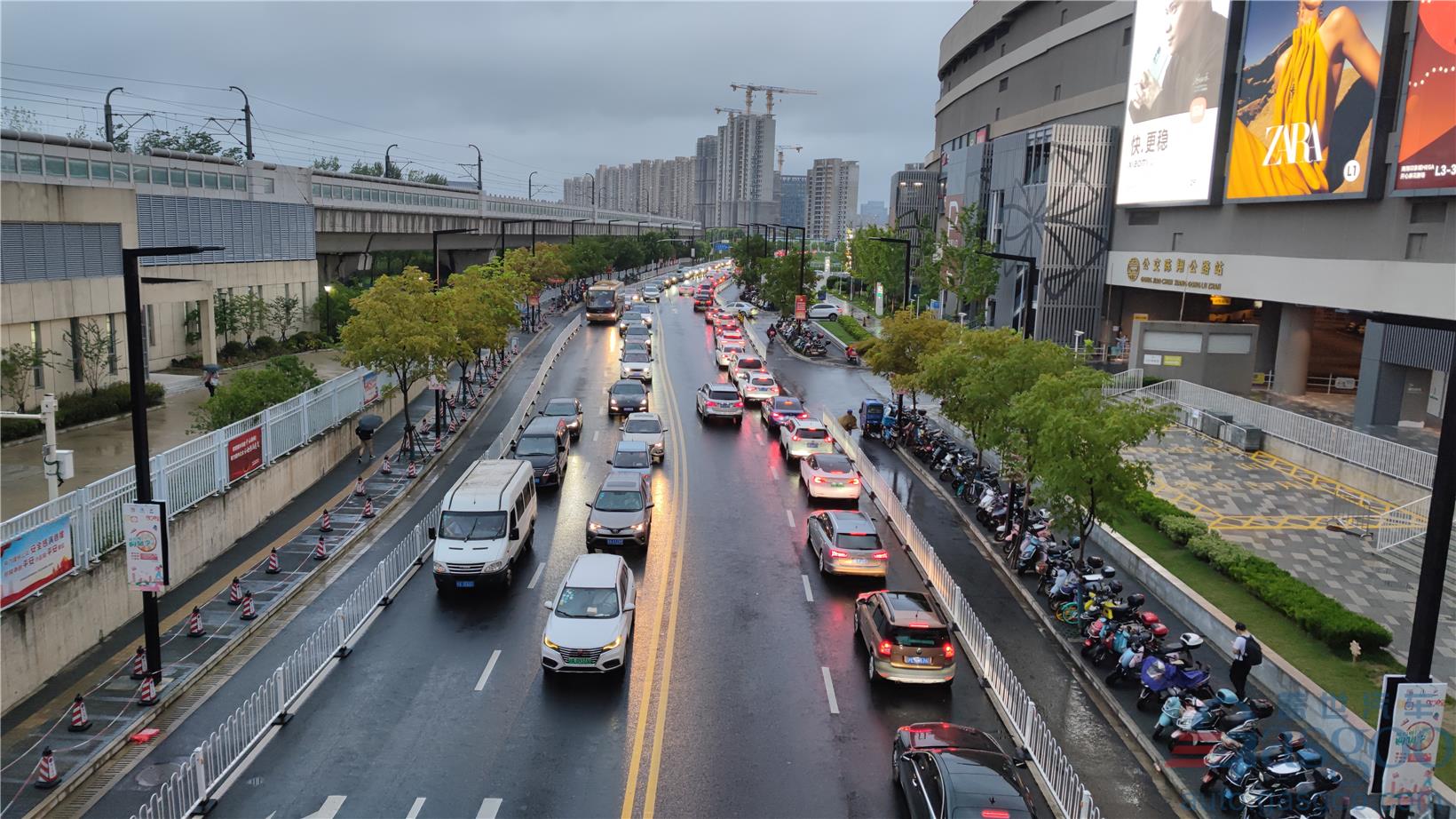China’s vehicle inventory alert index in July 2024 climbs YoY, but dips MoM
Shanghai (ZXZC)- The China Automobile Dealers Association ("CADA") today released the latest "China Automobile Dealers Inventory Alert Index" (VIA), showing that in July 2024, the VIA for Chinese automobile dealers reached 59.4%, representing an year-on-year increase of 1.6 percentage points but a month-on-month decline of 2.9 percentage points.
The index is above the boom-bust threshold, indicating that the automobile circulation industry is in a sluggish zone.

The month of July traditionally marks the off-season for the car sales, with overall performance remaining stable. Recently, several automakers, including BMW, announced their exit from the ongoing price wars in the Chinese auto market, leading to a rebound in new car prices and causing consumers to hold off on purchases. The previous promotional activities in June and mid-year sales efforts had already brought forward some potential demand, said the CADA. Additionally, the frequent occurrence of extreme weather and high-temperature factory holidays slowed down dealership sales activities. However, the surge in summer travel and incentives from the trade-in policy injected new vitality into the market, stimulating some consumer spending. It is estimated that the retail sales of passenger vehicles in July will be around 1.75 million units in China, roughly remaining flat over that of June.
Looking at the indices by brand type, in July, the VIAs for luxury & imported brands, joint-venture brands, and China's self-owned brands saw month-on-month decreases of 12.8 and 0.6 percentage points, reaching 53.6%, and 60.2%, respectively. However, the index for China's self-owned brands edged up 0.3% percentage points to 61.8%.
The CADA said the month of August is expected to be a stable period for the car market, with dealers predicting overall performance to be lower than in July. As automakers withdraw from price wars, retail prices are in a recovery phase. At the end of July, China's National Development and Reform Commission (NDRC) introduced measures to support large-scale equipment upgrades and the trade-in of consumer goods, including cars. The increased subsidies for the auto trade-in policy aim to stimulate market vitality. As the effects of these policies unfold, the market is expected to see further improvement.

